Independent research is at the core of the Williams-Mystic experience. There’s nothing quite like venturing into the field to help you understand how science is made — nothing like delving into the archives to understand how history is written. And with upwards of 13 different majors in a typical class of 18 students, independent research projects give students the opportunity to draw on their pre-existing interests and expertise.
In the Marine Policy course, each student chooses to study a current unresolved question impacting America’s coastlines and oceans. They then interview a myriad of stakeholders with a vested interest in the outcome of the issue; examine relevant federal and state laws, regulations; and conduct cross-disciplinary research in order to develop credible policy strategies and solutions to their real-world problem. A student researching a lobster fishery, for instance, might talk to lobster fishermen as well as NOAA fishery scientists. Someone studying the Asian carp invasion in the Great Lakes might interview activists as well as state government officials. Indeed, students often share their resulting policy briefs with the stakeholders they interviewed — many of whom include Williams-Mystic alumni.
This problem-based approach empowers students to gain the knowledge, confidence, and skills to address major questions and issues in all fields. Communicating directly with coastal and ocean-based stakeholders to seek solutions to real-world issues instills a passion for learning that drives excellence, fosters a sense of purpose, and enables creative problem-solving. It also provides the coastal stakeholder community with an opportunity to benefit from capable research, objective investigations, and collaboration with the only undergraduate college program that examines the ocean from an interdisciplinary lens, while seeking opportunities to empower global problem-solving.
Below, four students from the Class of Fall 2019 share their policy briefs and discuss what they learned from the experience. Click any of the links below to read the full brief.
The Future of the Liquified Natural Gas Facility in Tacoma, WA
By Hazel Atwill
 Originally from Tacoma, Washington, Hazel Atwill is a junior at Smith College studying conservation biology and coastal and marine science. Her favorite part of the Williams Mystic experience was sailing on tall ships.
Originally from Tacoma, Washington, Hazel Atwill is a junior at Smith College studying conservation biology and coastal and marine science. Her favorite part of the Williams Mystic experience was sailing on tall ships.
Hazel on her research:
“I gained a lot from doing this policy research, in that I was able to more meaningfully connect with my home community even though I was on the other side of the country. Because I completed this project, I feel more comfortable interviewing people and expressing how I think change should be happening.”
Excerpt from the brief:
Puget Sound Energy and Port of Tacoma are proposing Liquified Natural Gas (LNG) as a transitory solution to bunker fuel for large ships. With the climate changing more and more rapidly, there is the constant hope of new solutions to mitigate some of the damage caused by fossil fuels. However, LNG is primarily methane gas which is sourced from fracking.
One current approach to reduce dependence on fossil fuels is building the proposed LNG facility at the Port of Tacoma. LNG is a fossil fuel but considered cleaner than diesel. However, if the facility, or any of the equipment to get the LNG to the facility were to leak or break it would cause serious environmental issues. There are also treaty rights that have not been considered. The Puyallup Tribe of Indians has the right to meaningful consultation, and the City of Tacoma has not met this requirement yet. Port of Tacoma should not build this facility, but if they go ahead with the plans, there should be more meaningful consultation and more investment in truly clean fuels.
Read the full brief here.
Protecting New Jersey’s Meadowlands and Local Communities from Floods and Greenhouse Gas Emissions
By Jeff Erazo
 Jeff Erazo is a comparative literature major with a concentration in Spanish at Williams College.
Jeff Erazo is a comparative literature major with a concentration in Spanish at Williams College.
Jeff on his research:
My policy research at Williams-Mystic allowed me to better understand sea-level rise in the greater NY-NJ metropolitan area — a place I call home. Being able to talk to stakeholders helped me understand how I can be more proactive in my community; I learned about many environmental groups in my area that I hope to join soon! This policy project also taught me the importance of listening — which is key to helping bridge competing interests between various stakeholders.
Excerpt from the brief:
Located in one of the nation’s most densely populated metropolitan areas, the New Jersey Meadowlands are one of the largest brackish estuarine systems in the northeastern United States. For decades, these wetlands were used as landfills, contaminated with toxic waste, and drained for urban development—the latter which has significantly reduced the size of the Meadowlands. …
The Meadowlands will likely experience high-tide flooding in low-lying areas, even in the absence of storm surge due to sea level rise. Coupled with the projected six feet of SLR early in the next century, over 308,000 homes, 362,000 jobs, and 619 residents could potentially be inundated. The loss of life, homes, and businesses would be astronomical. The North Bergen Liberty Generating plant’s proposed site is located in a flood plain, right on the edge of the Hackensack; the Meadowlands, however, are unable to absorb storm surge from the Hackensack River. This is not solely a New Jersey problem, however. Rising sea levels threaten all coastal communities around the world.
Read the full brief here.
Towards Sustainable Native Hawaiian Access to Green Sea Turtle Take
By Colin Goodbred
 Colin is a member of Dartmouth College class of 2021 and Williams-Mystic F’19. He is majoring in quantitative social science and minoring in philosophy, and he is interested in working at the intersection of science, government, and ethics, exploring how science can be used to inform ethical policymaking.
Colin is a member of Dartmouth College class of 2021 and Williams-Mystic F’19. He is majoring in quantitative social science and minoring in philosophy, and he is interested in working at the intersection of science, government, and ethics, exploring how science can be used to inform ethical policymaking.
Colin on his research:
Being able to do my own extensive policy research project at Williams-Mystic challenged me to interact directly with stakeholders – many with passionate beliefs on how to best protect their communities. Not only was I reading academic articles online, I was actually talking to people, hearing in their voices how much they cared about the environment, their culture, their livelihoods, and all of our futures. It was humbling to realize how many people have dedicated their lives to this issue, and while I cannot bring the expertise and lived experience to the issue that they can, I can offer my ability to listen and do my best to share their voices with others.
An excerpt from the brief:
In May 2018, Native Hawaiian Bronson Nakaahiki was arrested for killing a green sea turtle and harvesting its meat, violating the Endangered Species Act as well as Hawaii state law. This arrest, one of several cases of harassing and killing sea turtles in 2018, intensified Native Hawaiian efforts to enact policy change and allow for the cultural practice of harvesting sea turtles, or honu as they are known in the Hawaiian language. Indeed, green sea turtle populations have recovered significantly recently, particularly in Hawaii, thanks to strict state and federal legal protections, but they have not yet reached the official benchmark set out by the National Marine Fisheries Service and the US Fish and Wildlife Service in 1998 of 5,000 nesting green sea turtles per year. With the increasing abundance of sea turtles, more Native individuals are pushing for access to harvesting honu, which was considered a mythological guardian of children and was utilized in the form of meat, bones, and eggs for ceremonial events and subsistence until the listing of green sea turtles as “threatened” under the Endangered Species Act in 1978. I recommend the amendment of the Endangered Species Act to permit Native Hawaiians the ability to take endangered and threatened species, modeled off of the exception granted for Alaskan Natives, as well as the passage of a bill amending Hawaii Revised Statutes, Chapter 195D-4-E and Hawaii Administrative Rules 13-124-9 to decriminalize such take.
Read the full brief here.
The Future of Maine Aquaculture: Growth and Sustainability in Fish Farming
By Zach Arfa
 Zach Arfa grew up in Shelburne Falls, MA and is a fourth year at Oberlin College. He studies Psychology and Dance and, thanks to Williams-Mystic, will put these skills to use in solving the environmental crisis after college.
Zach Arfa grew up in Shelburne Falls, MA and is a fourth year at Oberlin College. He studies Psychology and Dance and, thanks to Williams-Mystic, will put these skills to use in solving the environmental crisis after college.
Zach on his research:
The policy project isn’t just an academic assignment, it was a chance for me to immerse myself into a real issue, with real stakes. It embodies Williams-Mystic’s philosophy, that learning should be engaged and experienced, not just passively absorbed. The project also builds the confidence and skills to be able to actually talk and interview stakeholders, again making it an experience not just of learning an issue but engaging one.
An excerpt from the brief:
Through the comparison of two large scale, Atlantic Salmon, RAS aquaculture projects in Maine, I will propose a framework for comparing such aquaculture facilities to each other, and to other, traditional, facilities. This system will weigh three factors: impact on the environment, the community, and the economy. I will also compile the ways that governments can regulate this industry through existing legislation. Through these methods, communities across the country can evaluate and regulate the growth of this industry over the coming years.
These two projects are similar, but even though they are planned to be located only twenty-five miles apart, they have had different receptions from the local communities. The community of Bucksport has welcomed the Whole Oceans facility. The company promises to bring many local jobs to the small town, and the operation is being advertised as having a strong mind to conservation, with the Conservation Fund as their partner. The Nordic Aquafarms project in Belfast has seen more opposition. Wastewater has been a point of contention, as Nordic Aquafarms will discharge about 7.7 million gallons of water per day, which would increase outflow into the Penobscot Bay by 90% (Hinckley, S.). With this outflow comes a concern for eutrophication, the increase of nutrients into the water that can cause harmful algal blooms.
Read the full brief here.

























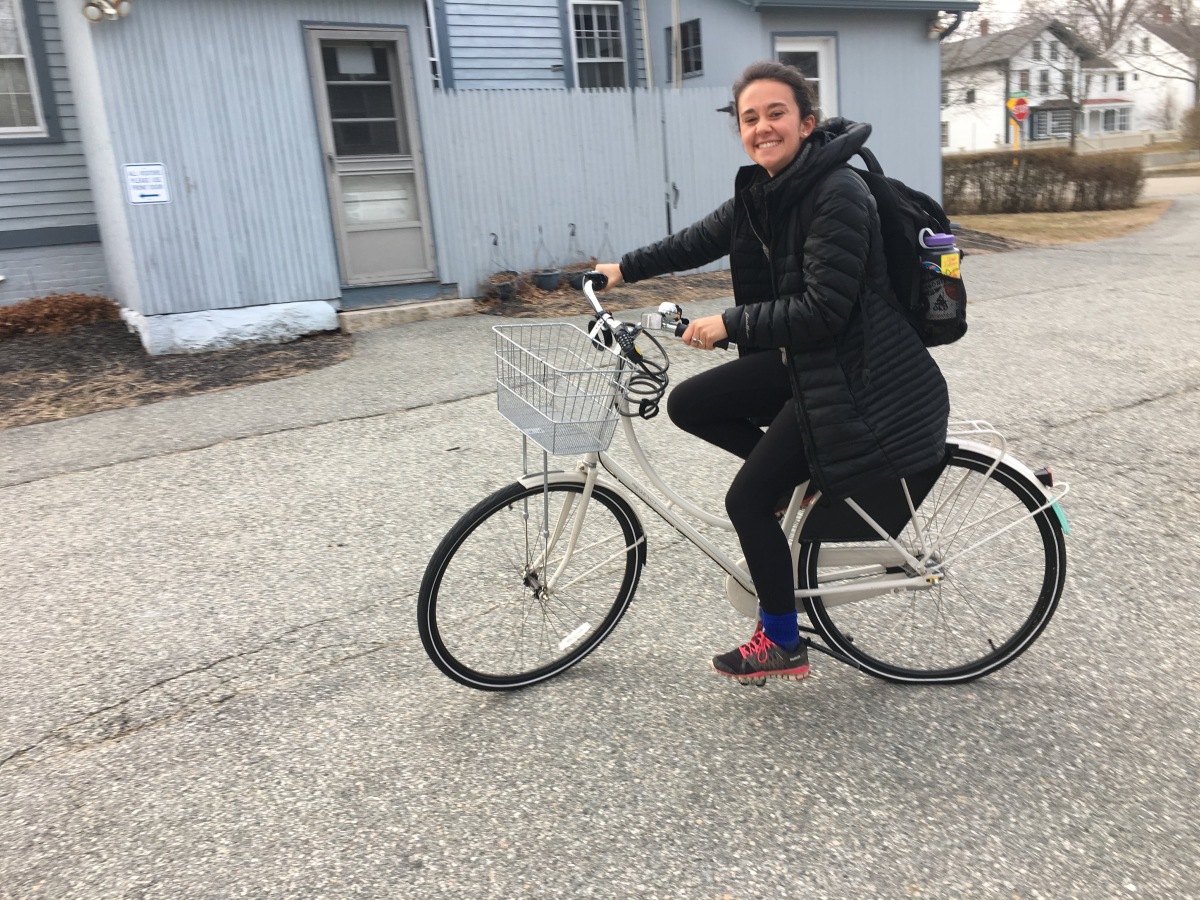

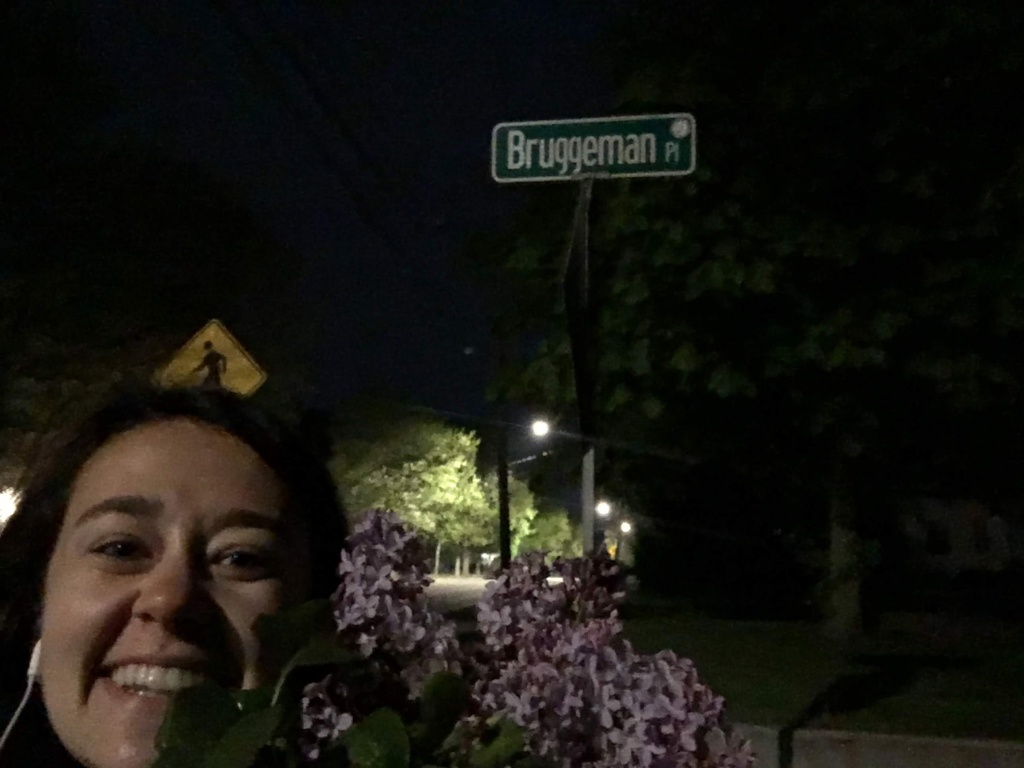
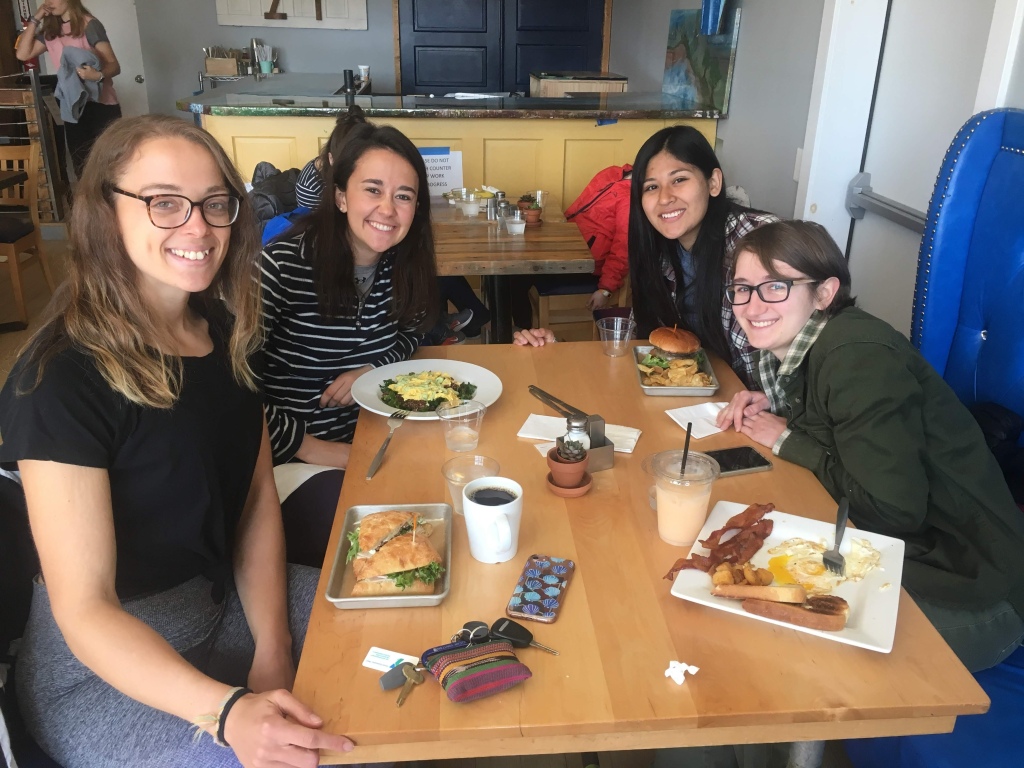
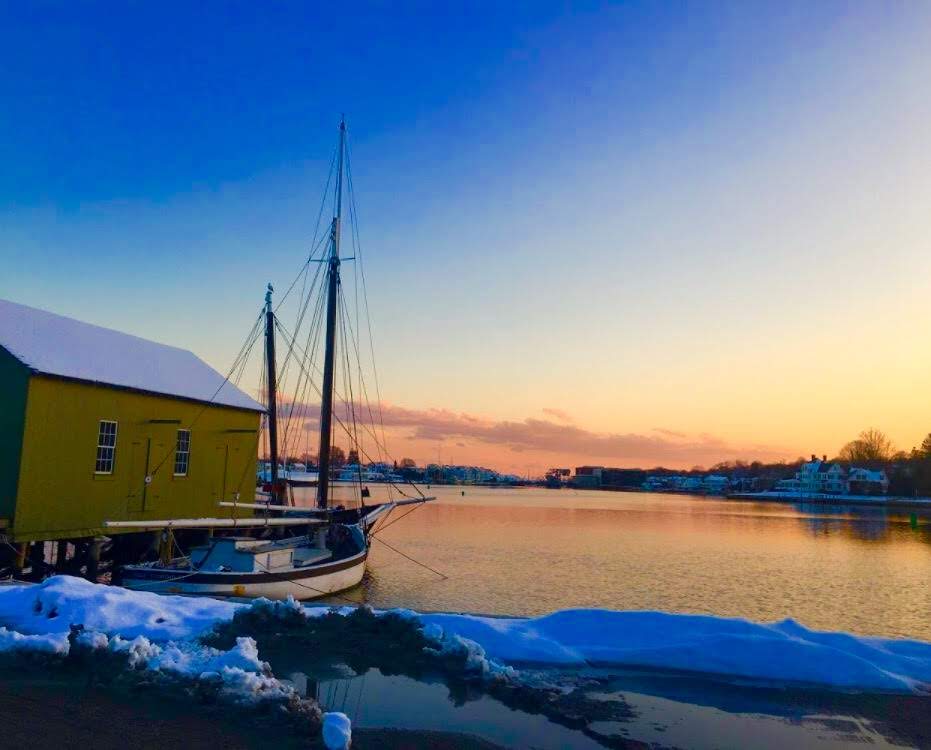



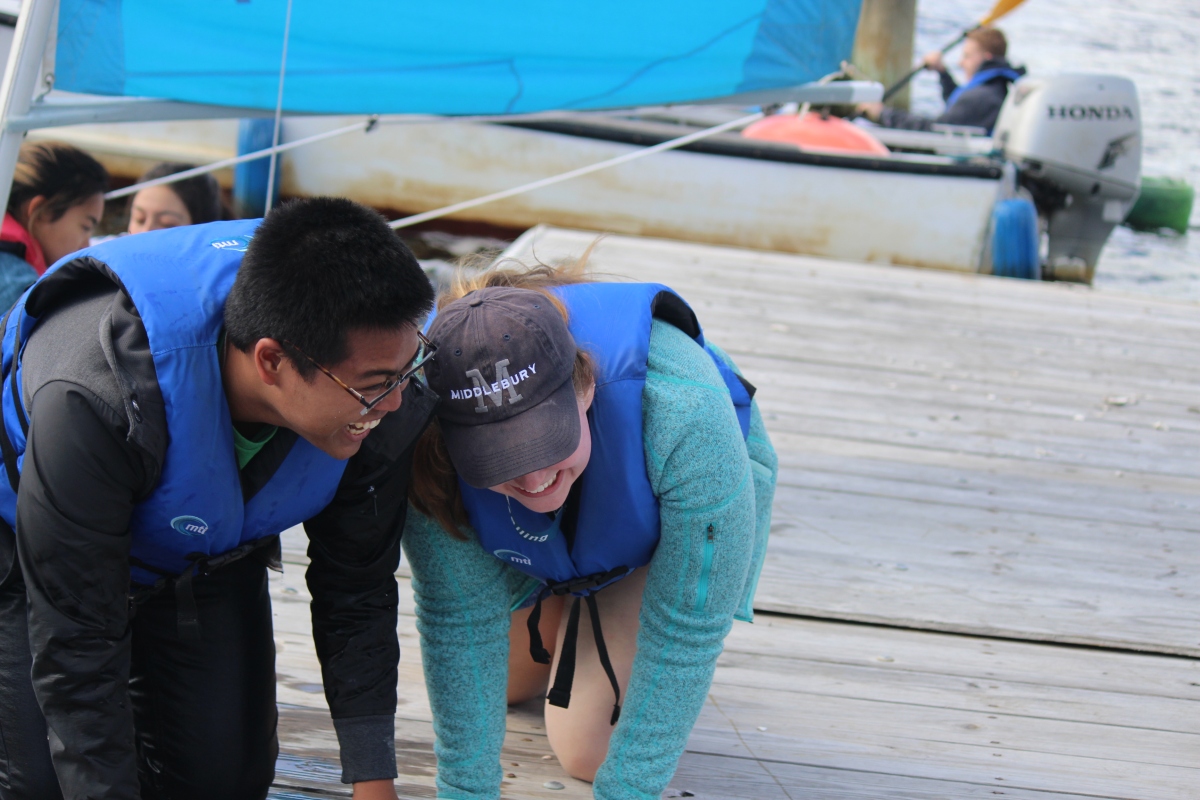

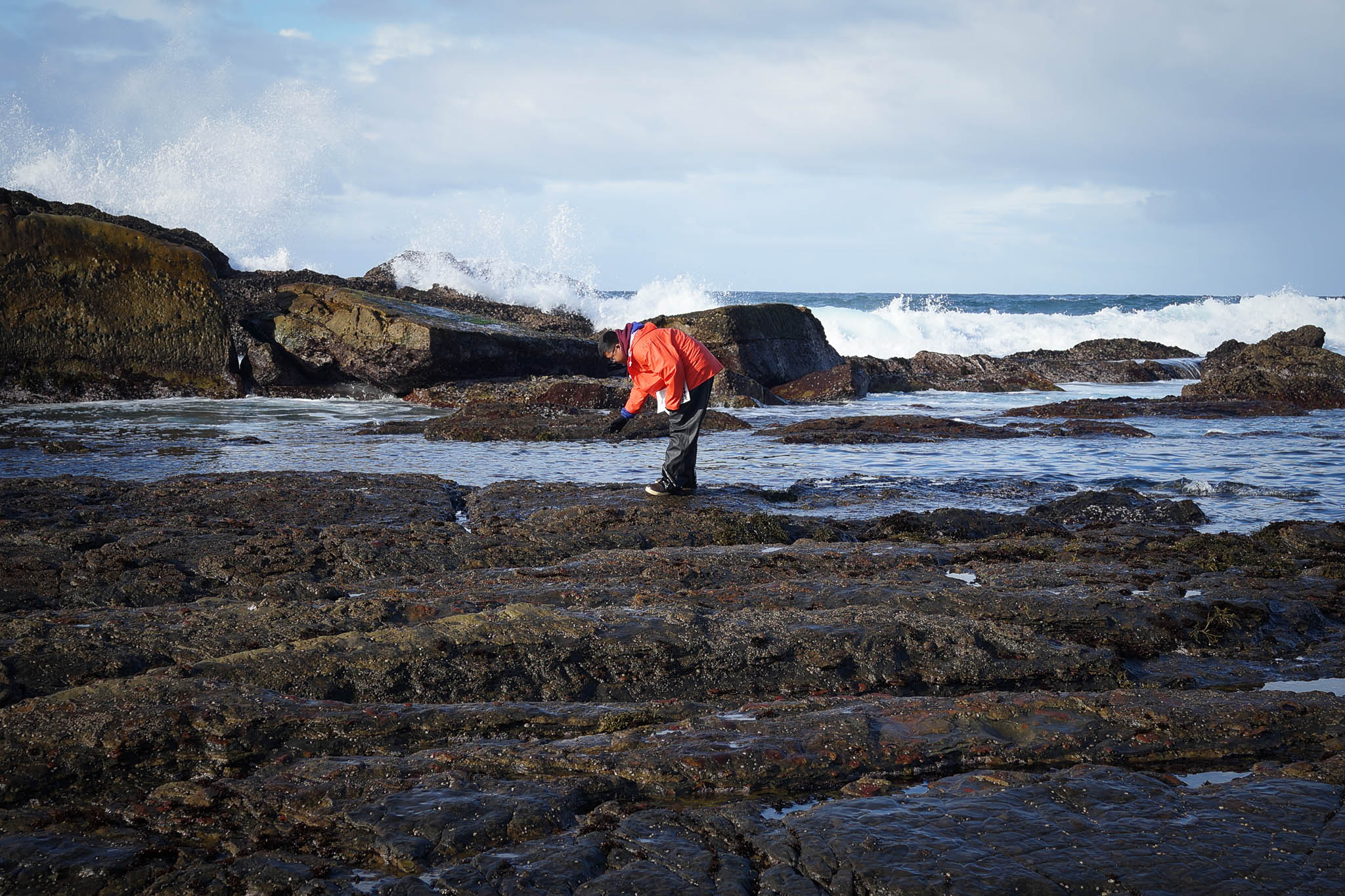 Many of my classmates at Williams have a hard time differentiating the “water” component from “maritime studies.” You do not have to be interested in marine science or marine policy to find this program fulfilling; my classmates had majors in Classics, Math, Biology, History, and many other subjects.
Many of my classmates at Williams have a hard time differentiating the “water” component from “maritime studies.” You do not have to be interested in marine science or marine policy to find this program fulfilling; my classmates had majors in Classics, Math, Biology, History, and many other subjects.




 Originally from Tacoma, Washington, Hazel Atwill is a junior at Smith College studying conservation biology and coastal and marine science. Her favorite part of the Williams Mystic experience was sailing on tall ships.
Originally from Tacoma, Washington, Hazel Atwill is a junior at Smith College studying conservation biology and coastal and marine science. Her favorite part of the Williams Mystic experience was sailing on tall ships. Jeff Erazo is a comparative literature major with a concentration in Spanish at Williams College.
Jeff Erazo is a comparative literature major with a concentration in Spanish at Williams College.  Colin is a member of Dartmouth College class of 2021 and Williams-Mystic F’19. He is majoring in quantitative social science and minoring in philosophy, and he is interested in working at the intersection of science, government, and ethics, exploring how science can be used to inform ethical policymaking.
Colin is a member of Dartmouth College class of 2021 and Williams-Mystic F’19. He is majoring in quantitative social science and minoring in philosophy, and he is interested in working at the intersection of science, government, and ethics, exploring how science can be used to inform ethical policymaking. Zach Arfa grew up in Shelburne Falls, MA and is a fourth year at Oberlin College. He studies Psychology and
Zach Arfa grew up in Shelburne Falls, MA and is a fourth year at Oberlin College. He studies Psychology and